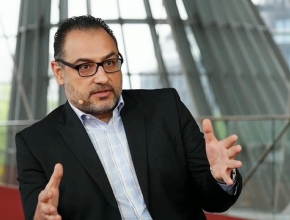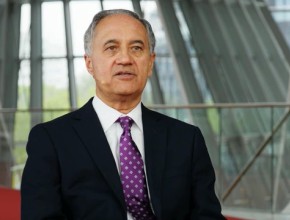This is part 3 of the interview. Click to see part 2.
Piotr Gajewski, MD, PhD: What percentage of primary care is in the hands of internists and what percentage belongs to family physicians?
Philip A. Master, MD: That is a great question. There are fewer family physicians in the United States than there are internists in total. But there are more primary care family physicians—which is what they do—relative to general internists in the United States.
Where we struggle is that in general people have difficulty in differentiating between what an internist can do and what a family physician can do. Our argument, particularly from the association perspective, is we see it as our job to make it clear what our special and unique talents are in this area.
If you look at training of family physicians, it is great but it is much broader and much less focused, because it is not focused solely on adults and is not concerned—at least in the United States—with as much inpatient or critical care. It also does not tend to include subspecialty training in adult medical problems, whereas internal medicine training does, and that is what differentiates the ability of the internist to take care of particularly complex patients. Family physicians are much better equipped and much more aligned at caring for the general problems of a family unit, hence their training in pediatrics or obstetrics and gynecology. The confusing part overlaps that about 80% to 85% of patients seen in the United States are shared between family medicine and internal medicine, and hence the lack of understanding of exactly what family medicine or internal medicine really brings to the table in terms of managing patients.
Piotr Gajewski: I would think that family physicians would work mainly in rural areas, where there might be a shortage of general internal medicine specialists, pediatricians, and others who form the so-called patient medical home. But in the city, where you always have internists, pediatricians, and gynecologists, I would think that it would be more beneficial for patients to come to a doctor with special skills in a given age group. If I had a kid, I would prefer to go to a pediatrician instead of a family physician, because I would expect that a pediatrician will have more in-depth knowledge in this specialty. What do you think about it?
Philip A. Masters: I think that is true. I think if you look at the training of family physicians, it is broader but in less depth. If you look at the training of internal medicine physicians, it is narrower, focusing primarily on adults—however you define them: I have patients in my clinic who are 14 to 15 years of age to well over 100, so it is a quite broad range. But the training in taking care of those individuals is extremely deep. So it is a breadth versus depth issue.
Our argument is that for preventive care, for longitudinal care of more minor medical issues, family physicians have a big focus on preventive care and that is quite helpful, but internists are able to provide a level of care that differs significantly from family physicians.
 English
English
 Español
Español
 українська
українська








